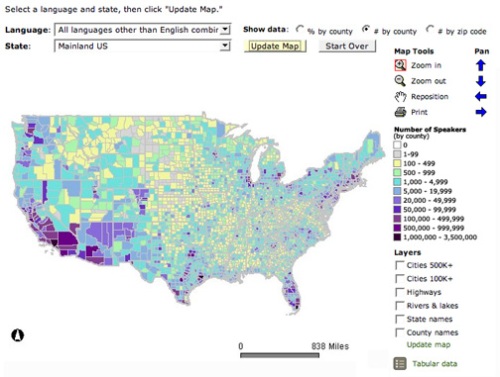Lukewarm off the presses, a tome chock full of lofty thoughts on maps and mapping. The blurb about Rethinking Maps, edited by Martin Dodge, Rob Kitchin, and Chris Perkins (Routledge 2009), sez:
Maps are changing. They have become important and fashionable once more. Rethinking Maps brings together leading researchers to explore how maps are being rethought, made and used, and what these changes mean for working cartographers, applied mapping research, and cartographic scholarship. It offers a contemporary assessment of the diverse forms that mapping now takes and, drawing upon a number of theoretic perspectives and disciplines, provides an insightful commentary on new ontological and epistemological thinking with respect to cartography.
A useful overview of what typically gets called “critical cartography,” with a few other voices of reason mixed in.
Denis Wood and I contributed a chapter, a comic with plentiful notes (for those who can’t figure out the pictures). I linked our chapter below, but it works much better as a printed comic. I have about 10 paper copies, and can mail them to the first 10 people that email me (jbkrygier@owu.edu). Include a mailing address!
Debates rage, and tussles erupt, over the question…
Serious enough, I guess, to be included in a tome of high academic scribblings.
The editors have made the introductory and concluding chapters available as PDFs. Those too are linked below.
The book is expensive ($129.95!) and sales will mostly be to libraries. Check a copy out of your favorite library (or ask for it via inter-library loan) or email the author of a chapter you are interested in and ask if they are willing to share a copy.
Chapters in Rethinking Maps include:
1. Thinking about Maps (360k PDF) (Rob Kitchin, Chris Perkins and Martin Dodge)
2. Rethinking Maps and Identity: Choropleths, Clines and Biopolitics (Jeremy W. Crampton)
3. Rethinking Maps from a more-than-human Perspective: Nature-society, Mapping, and Conservation Territories (Leila Harris and Helen Hazen)
4. Web mapping 2.0 (Georg Gartner)
5. Modelling the Earth: A Short History (Michael F. Goodchild)
6. Theirwork: the Development of Sustainable Mapping (Dominica Williamson and Emmet Connolly)
7. Cartographic Representation and the Construction of Lived Worlds: Understanding Cartographic Practice as Embodied Knowledge (Amy Propen)
8. The 39 Steps and the Mental Map of Classical Cinema (Tom Conley)
9. The Emotional Life of Maps and Other Visual Geographies (Jim Craine and Stuart Aitken)
10. Playing with Maps (Chris Perkins)
11. Ce n’est pas le Monde [This is not the world] (2mb PDF) (John Krygier and Denis Wood)
Here is an easier to read PDF version of Ce N’est Pas le Monde.
12. Mapping Modes, Methods and Moments: A Manifesto for Map Studies (556k PDF) (Martin Dodge, Chris Perkins and Rob Kitchin)


